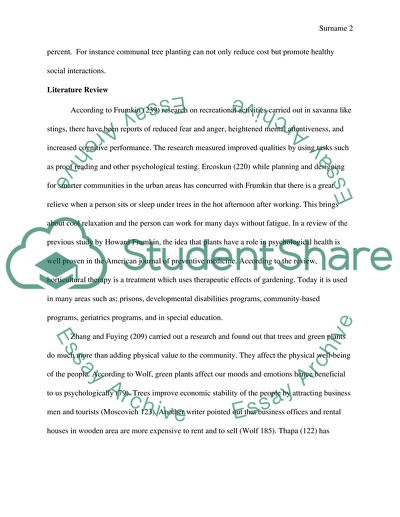Cite this document
(How Trees and Plants Make Humans Healthy and Wealthy Research Paper, n.d.)
How Trees and Plants Make Humans Healthy and Wealthy Research Paper. Retrieved from https://studentshare.org/health-sciences-medicine/1868948-how-do-trees-or-plants-add-values-to-the-livability-in-residential-spaces
How Trees and Plants Make Humans Healthy and Wealthy Research Paper. Retrieved from https://studentshare.org/health-sciences-medicine/1868948-how-do-trees-or-plants-add-values-to-the-livability-in-residential-spaces
(How Trees and Plants Make Humans Healthy and Wealthy Research Paper)
How Trees and Plants Make Humans Healthy and Wealthy Research Paper. https://studentshare.org/health-sciences-medicine/1868948-how-do-trees-or-plants-add-values-to-the-livability-in-residential-spaces.
How Trees and Plants Make Humans Healthy and Wealthy Research Paper. https://studentshare.org/health-sciences-medicine/1868948-how-do-trees-or-plants-add-values-to-the-livability-in-residential-spaces.
“How Trees and Plants Make Humans Healthy and Wealthy Research Paper”, n.d. https://studentshare.org/health-sciences-medicine/1868948-how-do-trees-or-plants-add-values-to-the-livability-in-residential-spaces.


